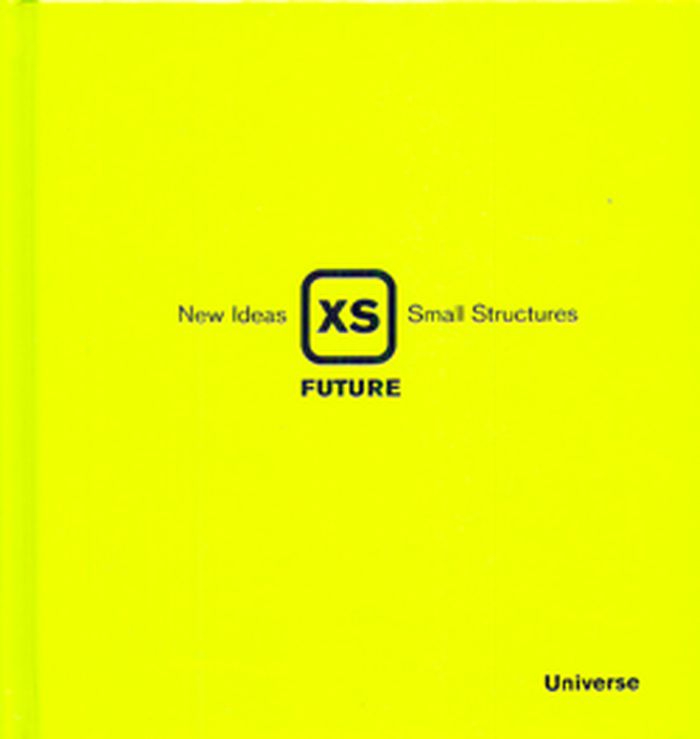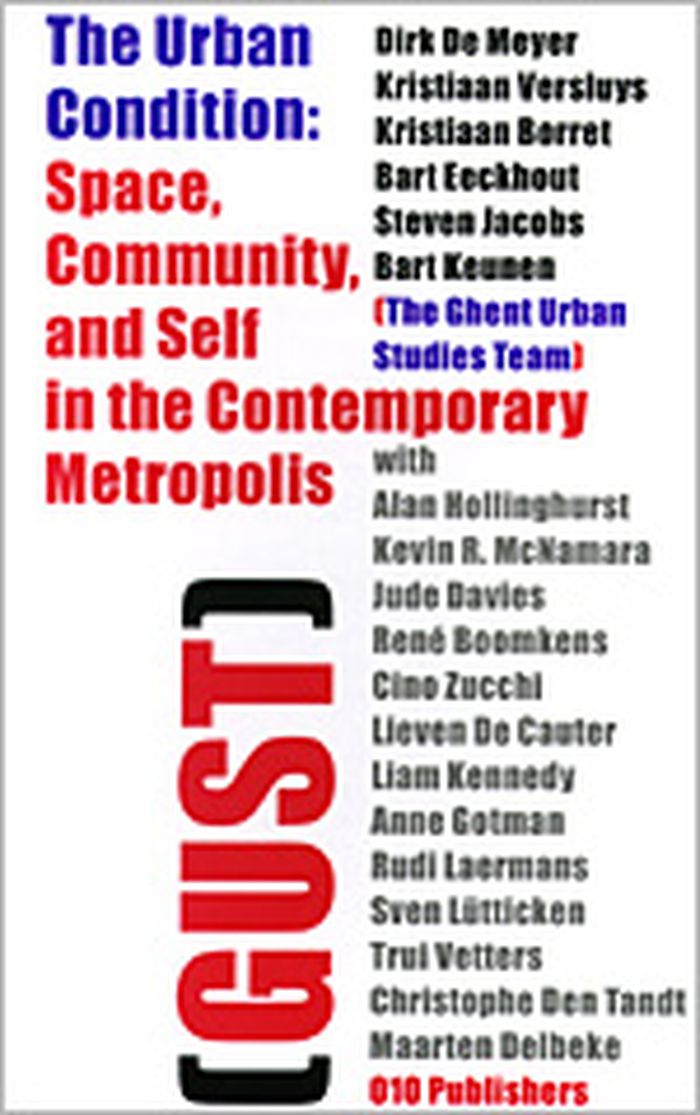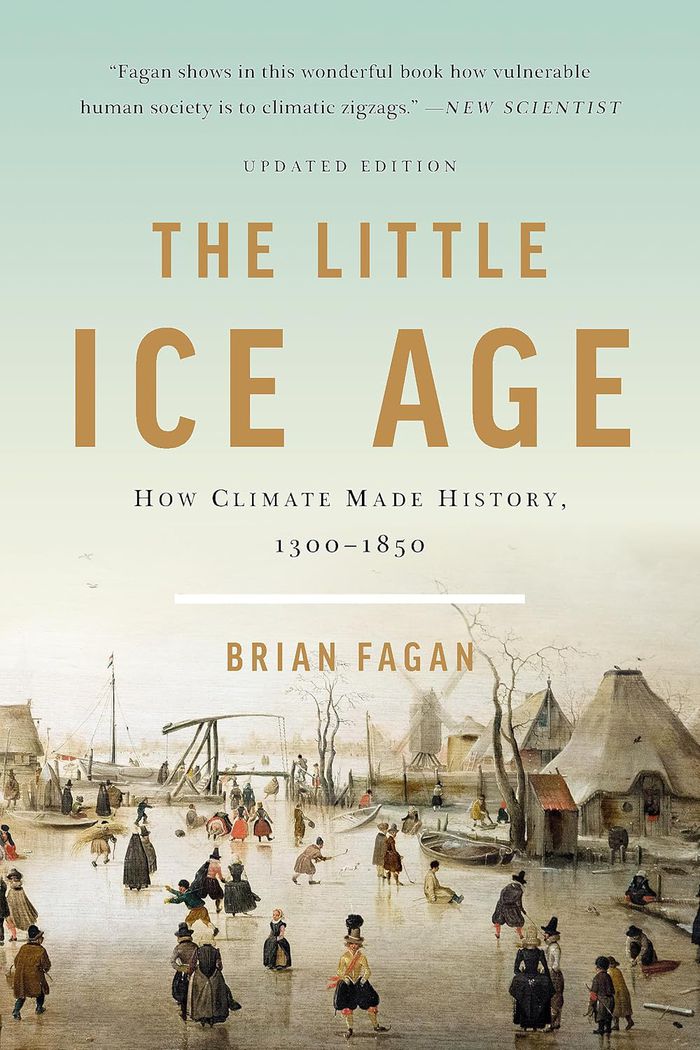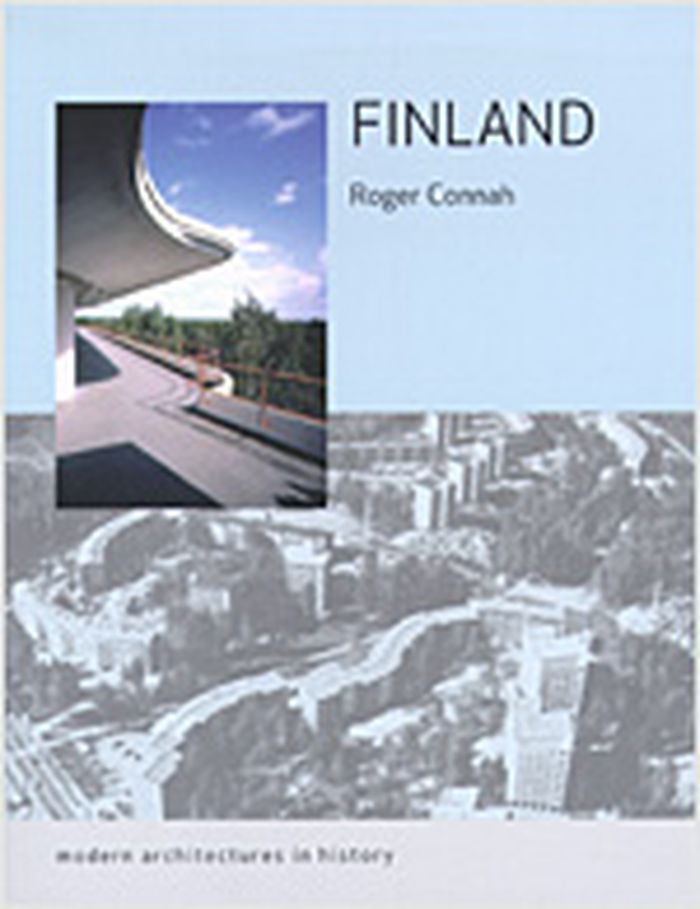$109.00
(available to order)
Summary:
"Third coast atlas: prelude to a plan" describes the conditions for urbanization across the Great Lakes region. It assembles a multi-layered, empirical description of urbanization processes within the drainage basins of the five Great Lakes and the Saint Lawrence River. This thick description encompasses a range of representational forms including maps, plans, diagrams,(...)
Architectural Plans and Cartography
June 2017
Third coast atlas: prelude to a plan
Actions:
Price:
$109.00
(available to order)
Summary:
"Third coast atlas: prelude to a plan" describes the conditions for urbanization across the Great Lakes region. It assembles a multi-layered, empirical description of urbanization processes within the drainage basins of the five Great Lakes and the Saint Lawrence River. This thick description encompasses a range of representational forms including maps, plans, diagrams, timelines, and photographs, as well as speculative design research projects and critical texts. Postponing diagnosis, let alone treatment of these conditions, Third Coast Atlas aspires to simply describe. It proposes a new geographic gestalt for urban analysis. Superimposed upon the North American continent, and with easily recognizable yet divergent political and geological borders, this megaregion traverses portions of eight U.S. states and two Canadian provinces, as well as the world’s largest collection of surficial fresh water. Third Coast Atlas characterizes the littoral edge as a distinct field of urbanization, and constructs a reading of the region both specific and speculative.
Architectural Plans and Cartography
$37.00
(available to order)
Summary:
XS Future, the third volume in the successful XS series, focuses on two of today’s most challenging design problems—how to conserve space and help preserve the environment. The houses that are profiled here all represent striking, cost-effective, functional solutions located "at the edge of possibility"—remote locations previously deemed unbuildable, sites that face(...)
XS future: new ideas, small structures
Actions:
Price:
$37.00
(available to order)
Summary:
XS Future, the third volume in the successful XS series, focuses on two of today’s most challenging design problems—how to conserve space and help preserve the environment. The houses that are profiled here all represent striking, cost-effective, functional solutions located "at the edge of possibility"—remote locations previously deemed unbuildable, sites that face extreme environmental conditions, or simply, designs so daringly provocative that they are literally at the extremity of contemporary architecture. Each project shares the same basic design brief: build as small and efficiently as possible, harmonize with the site, use natural heating/cooling techniques, and, above all, combine aesthetic beauty with ecological sensitivity.
Miniature Architecture
books
Description:
151 pages : illustrations (some color) ; 27 cm
New York : Museum of Modern Art : Distributed by Harry N. Abrams, ©1999.
The un-private house / Terence Riley.
Actions:
Holdings:
Description:
151 pages : illustrations (some color) ; 27 cm
books
New York : Museum of Modern Art : Distributed by Harry N. Abrams, ©1999.
$54.50
(available to order)
Summary:
What does the Western city at the end of the twentieth century look like? How did the modern metropolis of congestion and density turn into a posturban or even postsuburban cityscape? What are edge cities and technoburbs? How has the social composition of cities changed in the postwar era? What do gated communities tell us about social fragmentation? Is public space in(...)
January 1900, Rotterdam
The urban condition : space, community, and self in the contemporary metropolis
Actions:
Price:
$54.50
(available to order)
Summary:
What does the Western city at the end of the twentieth century look like? How did the modern metropolis of congestion and density turn into a posturban or even postsuburban cityscape? What are edge cities and technoburbs? How has the social composition of cities changed in the postwar era? What do gated communities tell us about social fragmentation? Is public space in the contemporary city being privatized and militarized? How can the urban self still be defined? What role does consumer aestheticism have to play in this? These and many more questions are addressed by this uniquely conceived multidisciplinary study. "The Urban Condition" seeks to interfere in current debates over the future and interpretation of our urban landscapes by reuniting studies of the city as a physical and material phenomenon and as a cultural and mental (arte)fact. The Ghent Urban Studies Team responsible for the writing and editing of this volume is directed by Kristiaan Versluys and Dirk De Meyer at the University of Ghent, Belgium. It is an interdisciplinary research team of young academics that further consists of Kristiaan Borret, Bart Eeckhout, Steven Jacobs, and Bart Keunen. The collective expertise of GUST ranges from architectural theory, urban planning, and art history to philosophy, literary criticism and cultural theory.
$38.99
(available to order)
Summary:
The Institute for Advanced Architecture of Catalonia investigates global projects for sustainable development on the cutting edge of self-sufficient housing, addressing environmental, economic and social needs. The projects investigate construction techniques and processes to build houses with local means, from the intelligent application of traditional techniques to(...)
Self fab house: 2nd advanced architecture contest
Actions:
Price:
$38.99
(available to order)
Summary:
The Institute for Advanced Architecture of Catalonia investigates global projects for sustainable development on the cutting edge of self-sufficient housing, addressing environmental, economic and social needs. The projects investigate construction techniques and processes to build houses with local means, from the intelligent application of traditional techniques to advanced digital processes and fabrication. This book is a fascinating compilation of the most innovative projects for single dwellings and residential buildings, proposing the most creative designs and construction through the use of new materials and energy systems, and the integration of architecture into the landscape. Based in Barcelona, the IAAC is an international centre of architectural research in territorial analysis, urban development, digital fabrications and informational environments for improving cultural, economic and social conditions.
Green Architecture
books
Description:
320 pages : illustrations ; 18 cm
Berlin : Sternberg Press, [2015], ©2015
The Internet does not exist / editors, Julieta Aranda, Brian Kuan Wood, Anton Vidokle.
Actions:
Holdings:
Description:
320 pages : illustrations ; 18 cm
books
Berlin : Sternberg Press, [2015], ©2015
$24.99
(available to order)
Summary:
Only in the last decade have climatologists developed an accurate picture of yearly climate conditions in historical times. This development confirmed a long-standing suspicion: that the world endured a 500-year cold snap -- The Little Ice Age -- that lasted roughly from A.D. 1300 until 1850. "The little ice age" tells the story of the turbulent, unpredictable and often(...)
The little ice age: How climate made history 1300-1850
Actions:
Price:
$24.99
(available to order)
Summary:
Only in the last decade have climatologists developed an accurate picture of yearly climate conditions in historical times. This development confirmed a long-standing suspicion: that the world endured a 500-year cold snap -- The Little Ice Age -- that lasted roughly from A.D. 1300 until 1850. "The little ice age" tells the story of the turbulent, unpredictable and often very cold years of modern European history, how climate altered historical events, and what they mean in the context of today's global warming. With its basis in cutting-edge science, "The little ice age" offers a new perspective on familiar events. Renowned archaeologist Brian Fagan shows how the increasing cold affected Norse exploration; how changing sea temperatures caused English and Basque fishermen to follow vast shoals of cod all the way to the New World; how a generations-long subsistence crisis in France contributed to social disintegration and ultimately revolution; and how English efforts to improve farm productivity in the face of a deteriorating climate helped pave the way for the Industrial Revolution and hence for global warming.
Current Exhibitions
$37.50
(available to order)
Summary:
From as early as 1900 Finland, at that time ruled by Russia, was to see in architecture a political and social vehicle. Modern architecture, with the promises it held for social change and hopes for technological progress, was to become a cultural phenomenon over the course of the twentieth century. This book explores the shape of architecture from Finland’s independence(...)
Finland
Actions:
Price:
$37.50
(available to order)
Summary:
From as early as 1900 Finland, at that time ruled by Russia, was to see in architecture a political and social vehicle. Modern architecture, with the promises it held for social change and hopes for technological progress, was to become a cultural phenomenon over the course of the twentieth century. This book explores the shape of architecture from Finland’s independence in 1917 until the present day, and how the ‘modern agenda’ became a blueprint to advance the nation’s society and define its identity. Roger Connah assesses the work of well-known heroes of Finnish architecture such as Reima Pietila, Juhä Leiviskä and ‘modern master’ Alvar Aalto, as well as many other less familiar figures whose contribution is little known outside Finland. He discusses developments in architecture in relation to the culture and politics of the new independent Finland, as well as parallel movements in the arts, and also surveys the early part of the century, as Finland came into its own as a new nation state. He examines the rationalised developments of the 1930s, the ‘organic’ and vernacular tendencies of modern architecture, and how some of modernism’s devices were combined with a particular Nordic sensibility. He also looks at the reconstruction and urbanisation of the post-war years, the use of industrial building methods and prefabricated materials, the ‘golden age’ of Finnish modernism in the 1950s, and the developments thereafter. Connah also considers how architecture has been publicised in magazines, galleries and through exhibitions. By the end of the twentieth century Finland had transformed itself into a modern industrial economy at the cutting edge of the it world, and its buildings continue to be regarded as exemplary modern works. Roger Connah assesses Finnish modern architecture’s relation to the broader cultural and political conditions of Finland and modernity at large, making this study crucial to our understanding of Finland’s place in architecture and in culture today.
Architecture since 1900, Europe





